
When a group of merchants and explorers met in London to form the East India Company (EIC) in 1600 they couldn't have conceived it would eventually own one of the largest private military forces in colonial history. The EIC was founded to trade in Asian goods and produce and it created trading posts along the Indian coastline during the 17th century. It prospered by buying land from local rulers, and such was the EIC's success that guards were employed to protect its trading posts and factories.
Company lands became so extensive that these territories were named 'Presidencies' and included large 'Presidency Towns' such as Madras (Chennai), Bombay (Mumbai) and Calcutta (Kolkata). At first, the EIC had the consent to trade by the Mughal and Maratha Empires but the Presidencies became so large that several armies were formed to defend Company interests in India.
The trading post guards were eventually placed under one military commander - Major General Stringer Lawrence - in 1748. They were primarily composed of Indian 'sepoys' (infantrymen) who were led by European (primarily British) officers. Each EIC Presidency had its own armed forces, which led to the creation of the Bengal, Madras and Bombay Armies. A pioneer of these units was Robert Clive, who suggested that the Bengal Army have sepoys who were dressed and trained the same as regular British redcoats.
Esta historia es de la edición Issue 114 de History of War.
Comience su prueba gratuita de Magzter GOLD de 7 días para acceder a miles de historias premium seleccionadas y a más de 9,000 revistas y periódicos.
Ya eres suscriptor ? Conectar
Esta historia es de la edición Issue 114 de History of War.
Comience su prueba gratuita de Magzter GOLD de 7 días para acceder a miles de historias premium seleccionadas y a más de 9,000 revistas y periódicos.
Ya eres suscriptor? Conectar

NAUMACHIA TRUTH BEHIND ROME'S GLADIATOR SEA BATTLES
In their quest for evermore novel and bloody entertainment, the Romans staged enormous naval fights on artificial lakes
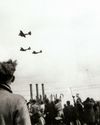
OPERATION MANNA
In late April 1945, millions of Dutch civilians were starving as Nazi retribution for the failed Operation Market Garden cut off supplies. eet as In response, Allied bombers launched a risky mission to air-drop food
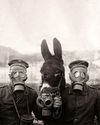
GASSING HITLER
Just a month before the end of WWI, the future Fuhrer was blinded by a British shell and invalided away from the frontline. Over a century later, has the artillery brigade that launched the fateful attack finally been identified?
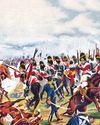
SALAMANCA
After years of largely defensive campaigning, Lieutenant General Arthur Wellesley went on the offensive against a French invasion of Andalusia
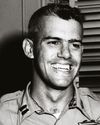
HUMBERT 'ROCKY'VERSACE
Early in the Vietnam War, a dedicated US Special Forces officer defied his merciless Viet Cong captors and inspired his fellow POWs to survive
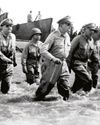
LEYTE 1944 SINKING THE RISING SUN
One of the more difficult island campaigns in WWII's Pacific Theatre saw a brutal months-long fight that exhausted Japan’s military strength

MAD DAWN
How technology transformed strategic thinking and military doctrine from the Cold War to the current day
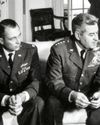
BRUSHES WITH ARMAGEDDON
Humanity came close to self-annihilation with the Cuban Missile Crisis, Broken Arrows’ and other nuclear near misses
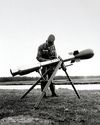
THE DEADLY RACE
How the road to peace led to an arms contest between the USA and USSR, with prototypes, proliferation and the world’s biggest bomb

THE MANHATTAN PROJECT
Einstein, Oppenheimer and the race to beat Hitler to the bomb. How a science project in the desert helped win a war